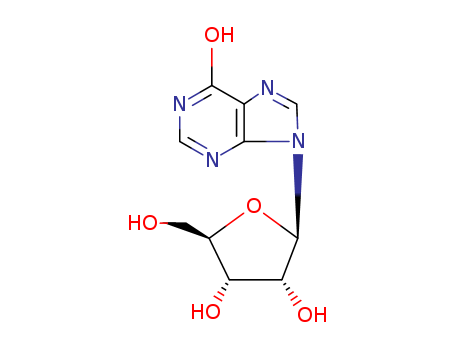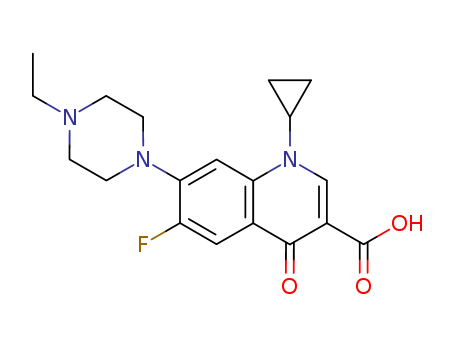Quick Details
- ProName: Colistin sulfate
- CasNo: 1264-72-8
- Molecular Formula: 2(C52H98N16O13).5(H2SO4)
- Purity: 99%
- LimitNum: 0
Superiority
Colistin is a polymyxin class antibiotic which has the general structure of cyclic peptide with a long hydrophobic tail. They ar
Col…
Details
Colistin is a polymyxin class antibiotic which has the general structure of cyclic peptide with a long hydrophobic tail. They ar
Colistin is a polymyxin class antibiotic which has the general structure of cyclic peptide with a long hydrophobic tail. They are cationic detergent antibiotics which interfere the structure of the bacterial cell membrane and cause neuromuscular and kidney damage by acting of phospholipids. At least eleven different members of the polymyxin group have been identified and they are designated by a suffix letter. They demonstrate specific activity against gram-negative bacteria such as Proteus vulgaris, Escherichia coli, Hemophilus influenzae, Aerobacter aerogenes, Klebsiella pneumoniae and especially Pseudomonas aeruginosa. Colistin is composed of Polymyxins E1 and E2 (or Colistins A, B, and C). Colistin is is the least toxic member of the group. Colistin is used as a sulfate or as sulfomethylated form; administered orally, parenterally, and topically.Colistin is a polymyxin class antibiotic which has the general structure of cyclic peptide with a long hydrophobic tail. They ar
Colistin is a polymyxin class antibiotic which has the general structure of cyclic peptide with a long hydrophobic tail. They are cationic detergent antibiotics which interfere the structure of the bacterial cell membrane and cause neuromuscular and kidney damage by acting of phospholipids. At least eleven different members of the polymyxin group have been identified and they are designated by a suffix letter. They demonstrate specific activity against gram-negative bacteria such as Proteus vulgaris, Escherichia coli, Hemophilus influenzae, Aerobacter aerogenes, Klebsiella pneumoniae and especially Pseudomonas aeruginosa. Colistin is composed of Polymyxins E1 and E2 (or Colistins A, B, and C). Colistin is is the least toxic member of the group. Colistin is used as a sulfate or as sulfomethylated form; administered orally, parenteralColistin is a polymyxin class antibiotic which has the general structure of cyclic peptide with a long hydrophobic tail. They ar
Colistin is a polymyxin class antibiotic which has the general structure of cyclic peptide with a long hydrophobic tail. They are cationic detergent antibiotics which interfere the structure of the bacterial cell membrane and cause neuromuscular and kidney damage by acting of phospholipids. At least eleven different members of the polymyxin group have been identified and they are designated by a suffix letter. They demonstrate specific activity against gram-negative bacteria such as Proteus vulgaris, Escherichia coli, Hemophilus influenzae, Aerobacter aerogenes, Klebsiella pneumoniae and especially Pseudomonas aeruginosa. Colistin is composed of Polymyxins E1 and E2 (or Colistins A, B, and C). Colistin is is the least toxic member of the group. Colistin is used as a sulfate or as sulfomethylated form; administered orally, parenterally, and topically.












